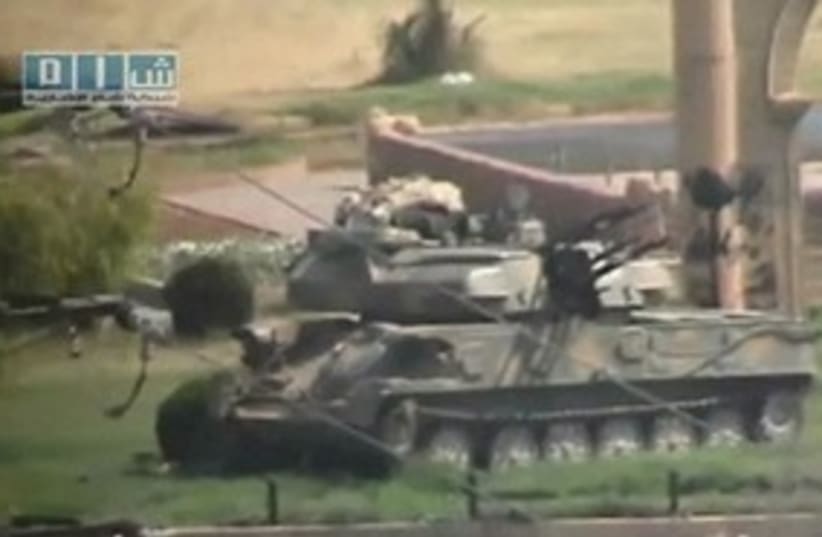The writers are president and managing editor of NGO Monitor, a Jerusalem-based research institution dedicated to promoting universal human rights and to encouraging civil discussion on the reports and activities of nongovernmental organizations.
Human Rights Watch’s belated ‘Arab spring’
As Syrian citizens are murdered by Assad forces, HRW has no infrastructure in place to aid them in leading the “human-rights” revolution.

The writers are president and managing editor of NGO Monitor, a Jerusalem-based research institution dedicated to promoting universal human rights and to encouraging civil discussion on the reports and activities of nongovernmental organizations.